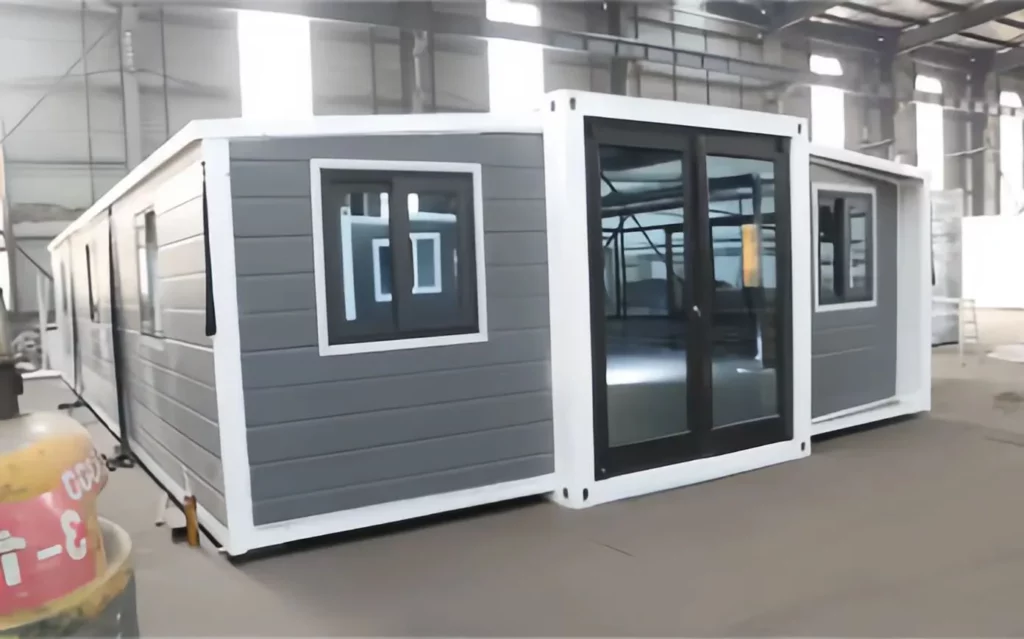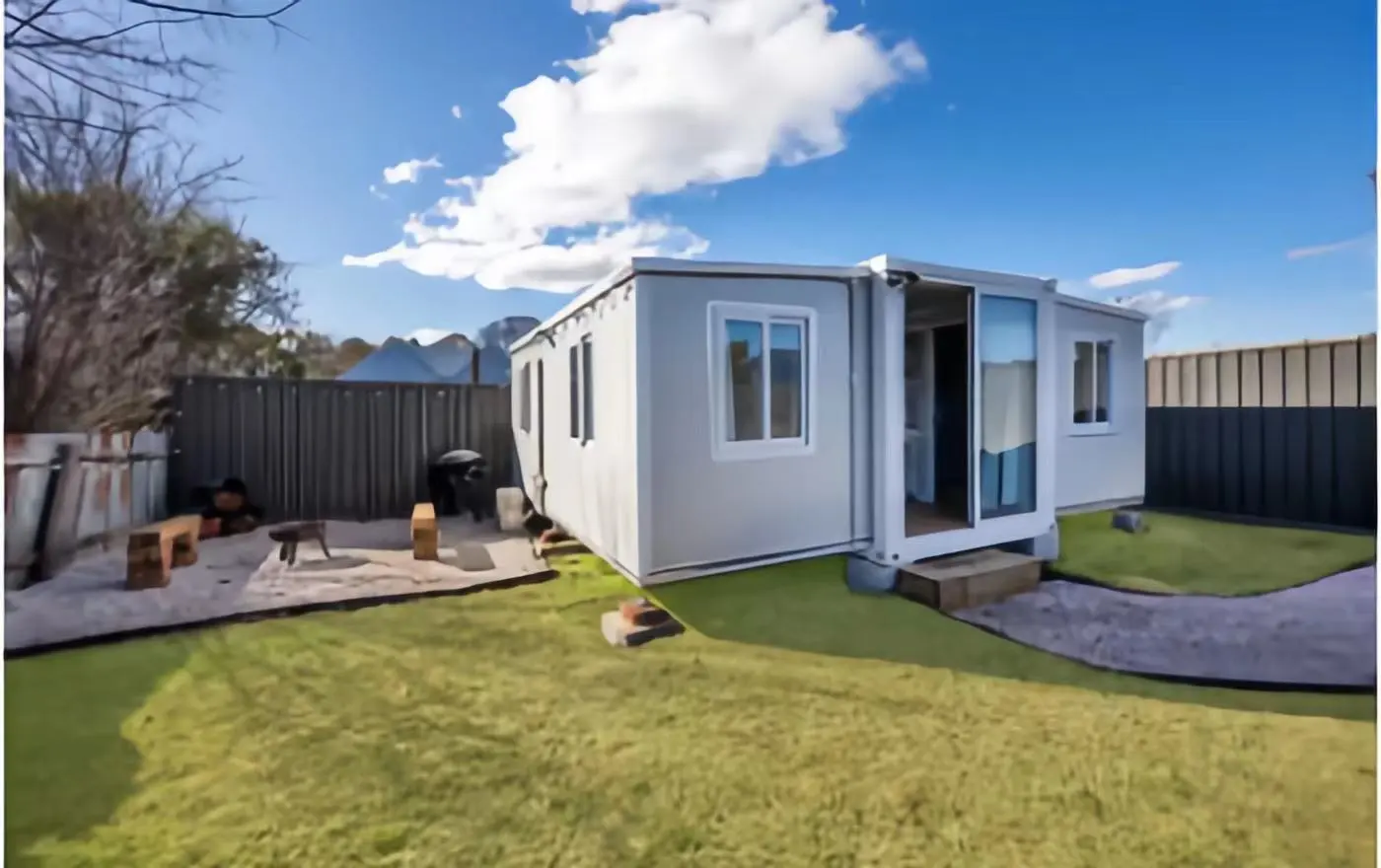Container-Based Construction: Shaping the Future of Housing
Container-Based Construction represents a sustainable and versatile approach, offering innovative design solutions for homes and commercial spaces while minimizing environmental impact.
In the realm of modern architecture, an innovative construction method is gaining momentum – the use of shipping containers to build homes. This approach is becoming increasingly popular for various purposes, ranging from simple residences to commercial spaces and even hotels. It is not only highly regarded for its eco-friendliness and sustainability but also for its distinctive aesthetics and adaptability.
Container-Based Sustainable Construction
Traditional residential construction often involves the use of materials like wood, bricks, and concrete, which generate significant waste and energy consumption during manufacturing and construction. In contrast, container-based construction repurposes discarded shipping containers, decreasing the need for new raw materials. This, in turn, minimizes waste and reduces environmental pollution. This makes it an outstanding representative of sustainable building practices.

Container-Based Flexibility
One of the intriguing aspects of container-based construction is its adaptability. Due to the standardized dimensions of shipping containers, architects and designers can effortlessly arrange them into structures of various shapes and sizes. This implies that you can craft distinctive homes or commercial spaces to meet various requirements. Furthermore, you can easily expand or reduce these structures to adapt to future alterations.
Container Home Aesthetics
A typical example is homes constructed from shipping containers. These residences often possess a modern feel and a unique exterior, capitalizing on the industrial beauty of the containers themselves. The interiors can be tailored to the residents’ needs, featuring spacious open layouts, modern kitchens and bathrooms, and cozy bedrooms. The inherent strength of shipping containers also makes them well-suited to withstand diverse climate conditions, making them suitable for housing in various geographic locations.
Container-Based Commercial Spaces
Container-based construction extends beyond residential purposes; it also excels in creating commercial spaces. Many startups and creative businesses are converting containers into offices, cafes, or shops. These structures not only benefit the environment but also provide owners with a distinct brand image, emphasizing values of innovation and sustainability.
Challenges and Considerations
However, container-based construction faces certain challenges. Firstly, insulating and outfitting the interiors of containers can be time-consuming and costly to ensure the comfort of homes or commercial spaces. Secondly, it requires expertise in design and construction to guarantee safety and sustainability. Lastly, some local regulations may impose restrictions on container construction, necessitating careful consideration of legal requirements and permits.
In conclusion, container-based construction represents an innovative trend in future architecture, offering sustainability, flexibility, and uniqueness. Whether employed in residential, commercial, or vacation settings, container-based construction offers people a novel architectural experience. Simultaneously, it makes a valuable contribution to environmental preservation and sustainability. With the continuous advancement of technology and a growing focus on sustainability, there is every reason to believe that this construction method will continue to thrive in the future.
